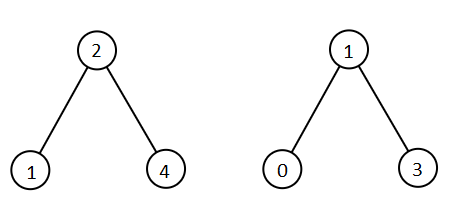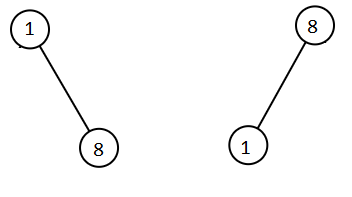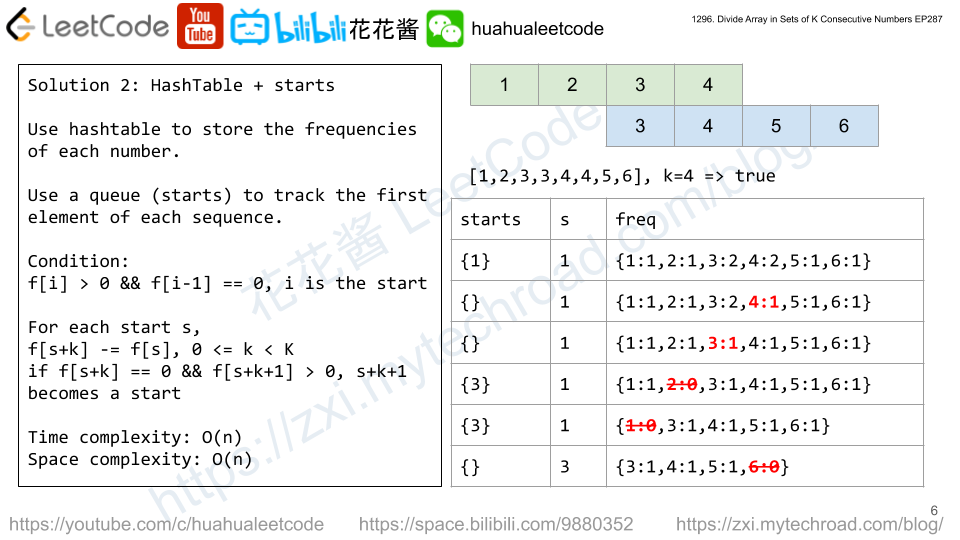Given an array of non-negative integers arr, you are initially positioned at start index of the array. When you are at index i, you can jump to i + arr[i] or i - arr[i], check if you can reach to any index with value 0.
Notice that you can not jump outside of the array at any time.
Example 1:
Input: arr = [4,2,3,0,3,1,2], start = 5 Output: true Explanation: All possible ways to reach at index 3 with value 0 are: index 5 -> index 4 -> index 1 -> index 3 index 5 -> index 6 -> index 4 -> index 1 -> index 3
Example 2:
Input: arr = [4,2,3,0,3,1,2], start = 0 Output: true Explanation: One possible way to reach at index 3 with value 0 is: index 0 -> index 4 -> index 1 -> index 3
Example 3:
Input: arr = [3,0,2,1,2], start = 2 Output: false Explanation: There is no way to reach at index 1 with value 0.
Constraints:
1 <= arr.length <= 5 * 10^40 <= arr[i] < arr.length0 <= start < arr.length
Solution: BFS / DFS
Time complexity: O(n)
Space complexity: O(n)
C++
|
1 2 3 4 5 6 7 8 9 10 11 12 13 14 15 16 17 18 19 20 21 22 23 |
// Author: Huahua class Solution { public: bool canReach(vector<int>& arr, int start) { const int n = arr.size(); vector<int> seen(n); seen[start] = 1; queue<int> q; q.push(start); while (q.size()) { int cur = q.front(); q.pop(); if (arr[cur] == 0) return true; for (int i : {-1, 1}) { int t = cur + i * arr[cur]; if (t < 0 || t >= n || seen[t]) continue; q.push(t); seen[t] = 1; } } return false; } }; |



